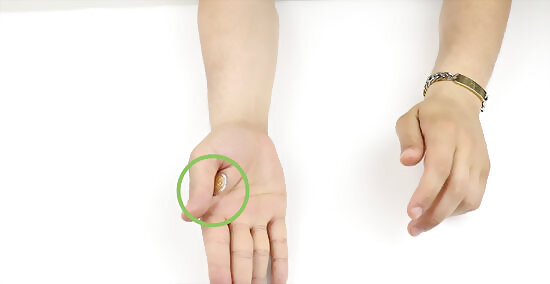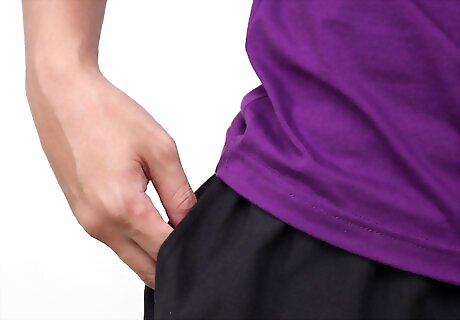
views
Working on Basic Sleight-of-Hand

Understand the fundamentals of sleight-of-hand and close-up magic. Two of the best known performers of the present day, Penn and Teller, often use examples in their act to describe the seven principle components of sleight of hand. A few are directly relevant to this trick, and so are worthy of explanation here. The Steal. In this case, you must merely obtain the object (a coin) without giving the impression that you have done anything at all. The Palm. This consists of holding an object in a hand without it being seen. For this trick, it is perhaps the most fundamental and mastering it is a prerequisite to its performance. Misdirection. Though not all performers of the coin-from-the-ear trick employ elaborate forms of misdirection, it is a good idea to draw attention away from the palm hand. After all, it is carrying something.

Learn and practice the techniques. There are, of course, many methods for palming a coin, for instance. Here is a description of a few of the more common. The classic palm. This involves holding the object (the coin) between the muscles at the base of the thumb and the little finger. Do not apply too much pressure to hold the object in place; an appropriately sized object can remain in place with a fairly slight grip. While this is considered one of the most difficult palming methods to master, it is also one of the best. Few people imagine it possible to hold an object in this manner, and so it deceives audiences quite effectively. The finger palm. Hold the object at the base of your middle and ring fingers, with you fingers held in a fairly natural arc. This is comparatively easy, and also a rather natural way in which to hold your hand. The thumb palm. Hold the edge of the coin between your thumb and hand. Try to keep the thumb relatively relaxed. This may be the easiest of the palming techniques to employ, but it also one of the least effective at concealing the object.

Consider the ways in which the mind makes "magic" possible. Keep in mind that a great many magic tricks are only effective at deceiving people because, quite simply, the mind of the observer is either inattentive (and makes assumptions about what is happening) or distracted (and fails to notice the important action). Experts on the performance of magic (and growing numbers in the scientific community) have begun to recognize the relationship between a successful illusion and the limits of human cognition. If you feel you have the fundamentals of the trick down but are not yet convincing to your audience, you may need to spend a little more time thinking about how the the mind processes complex information. As just one example, magicians have helped explain to scientists that arcing hand motions are better distractions than straight hand motions. When scientists began to examine the claim, they found that side-to-side tracking was natural for most people but following an object along a curved path required greater concentration. For those about to perform a trick, this information explains how to distract the audience or downplay certain actions.
Performing the Trick

Grab your coin. Inconspicuously take a coin (quarters, half-dollars, or subway tokens work best) out of your pocket and into your hand. Keep the gestures to a minimum, or it will be obvious that you have just grabbed an object.

Palm it. Using one of the methods described above, move the coin into a palmed position. Don't grab too tightly or everyone will see the straining muscles in your hand.

Pick your target. Approach a specific audience member while maintaining the coin in the palmed position. Though difficult to describe in words, look for someone who appears willing to be entertained. If you are going to employ some form of distraction, this is the moment. As one magician recommends, distract your subject and audience by using a larger motion to hide a smaller one. If the coin is in your right hand, for instance, any gestures with your left should be used to draw some attention away. Perhaps better yet, try non-physical distractions. Conversation can be nearly as effective at misdirecting your audience as motion can be. Keep eye contact with the subject individual. This will draw their eyes to your face while leaving only their peripheral vision to your hands.

Make your move. Begin to reach your hand behind your target's head.

Move your hand slowly away from the person's ear as you slide the coin from the back of your hand to the front. For most palming methods, you will use your middle and ring fingers to extract the coin. Move quickly, but with seamless motions. If you have perfected palming, you should be able to withdraw the coin with relative ease and without fumbling.

Hold the coin up for everyone to see. Say something like "They have got a coin in their ear!" or "Ta Da!"

Take a bow [optional].

















Comments
0 comment